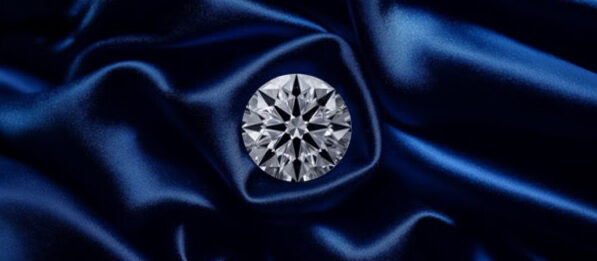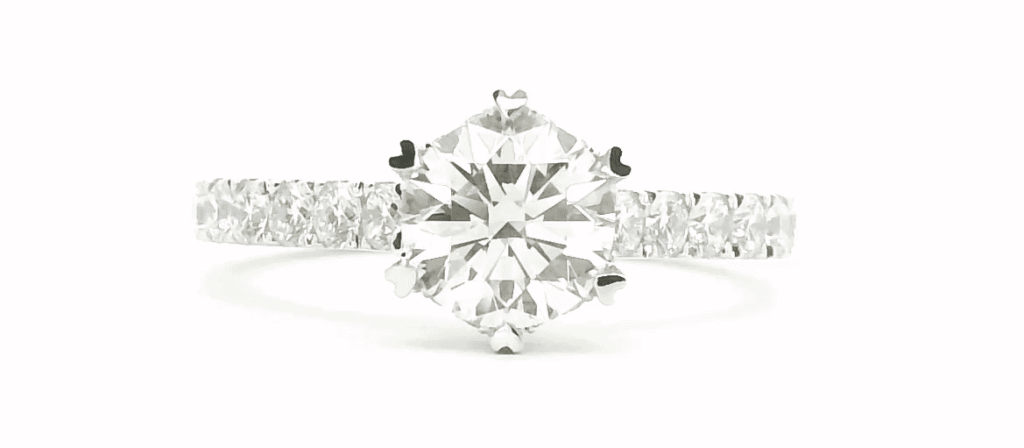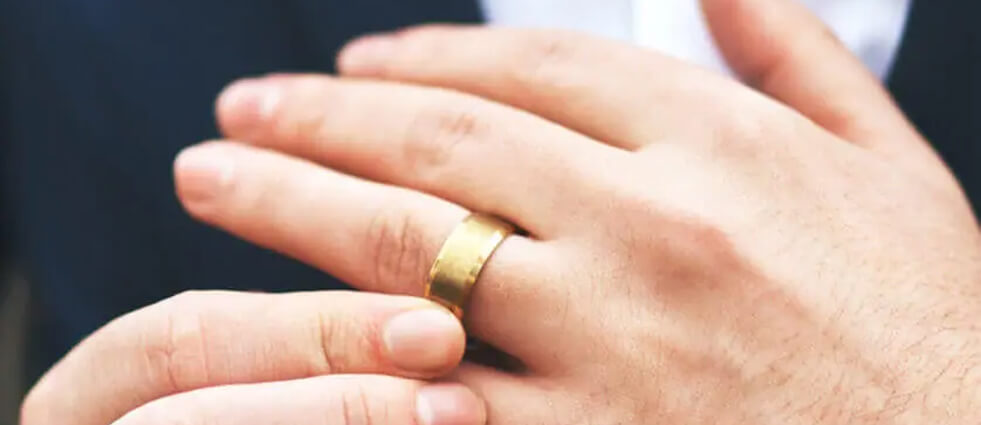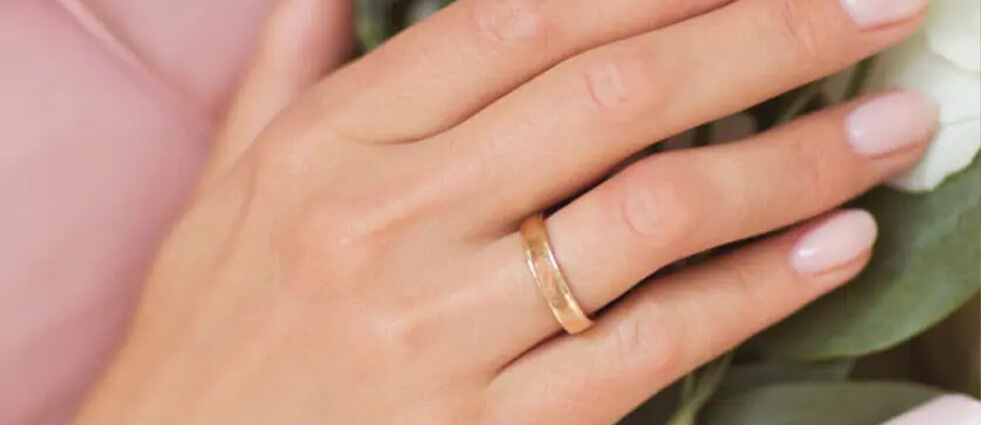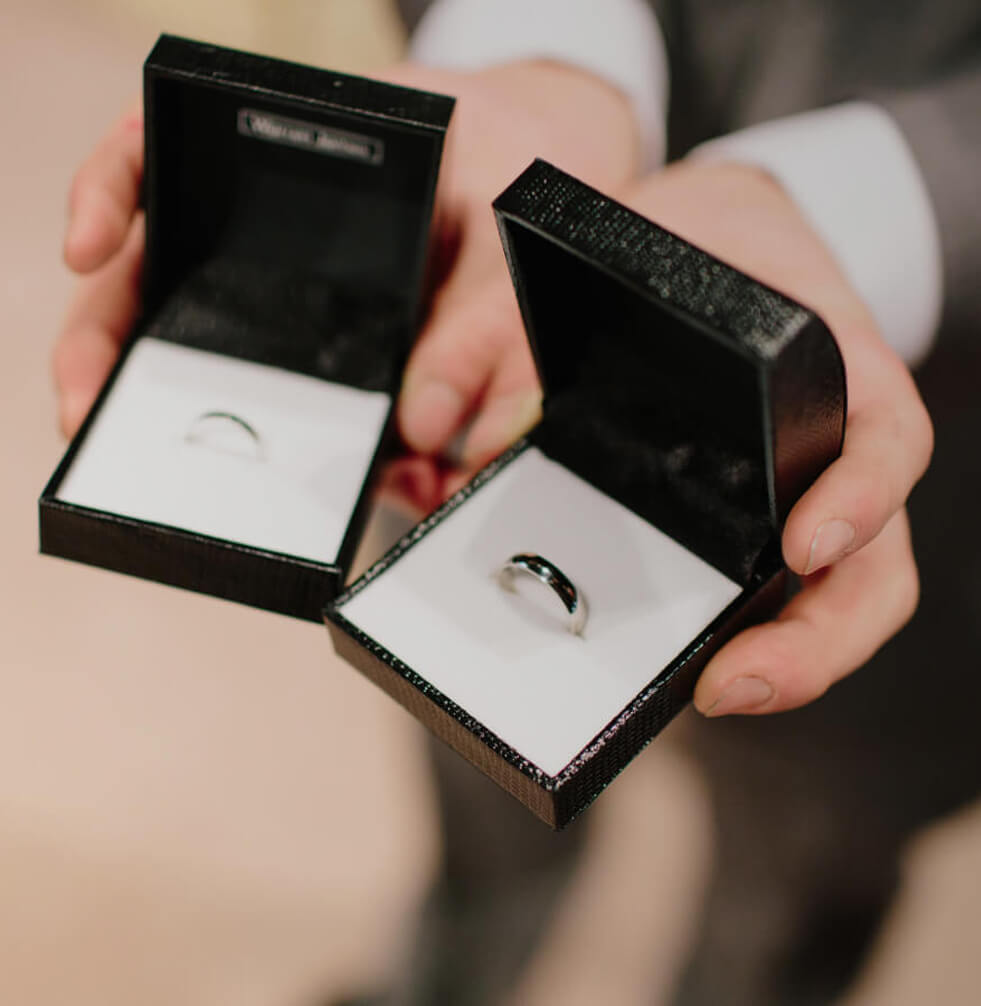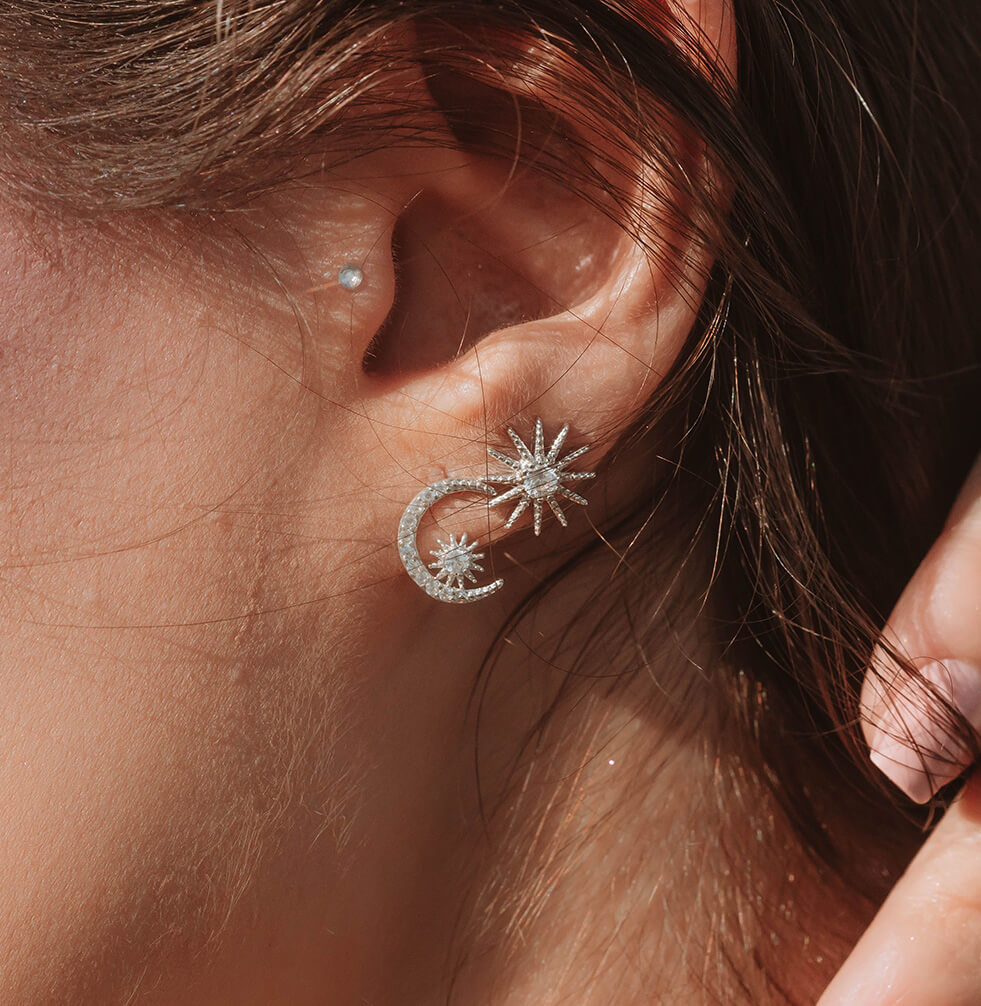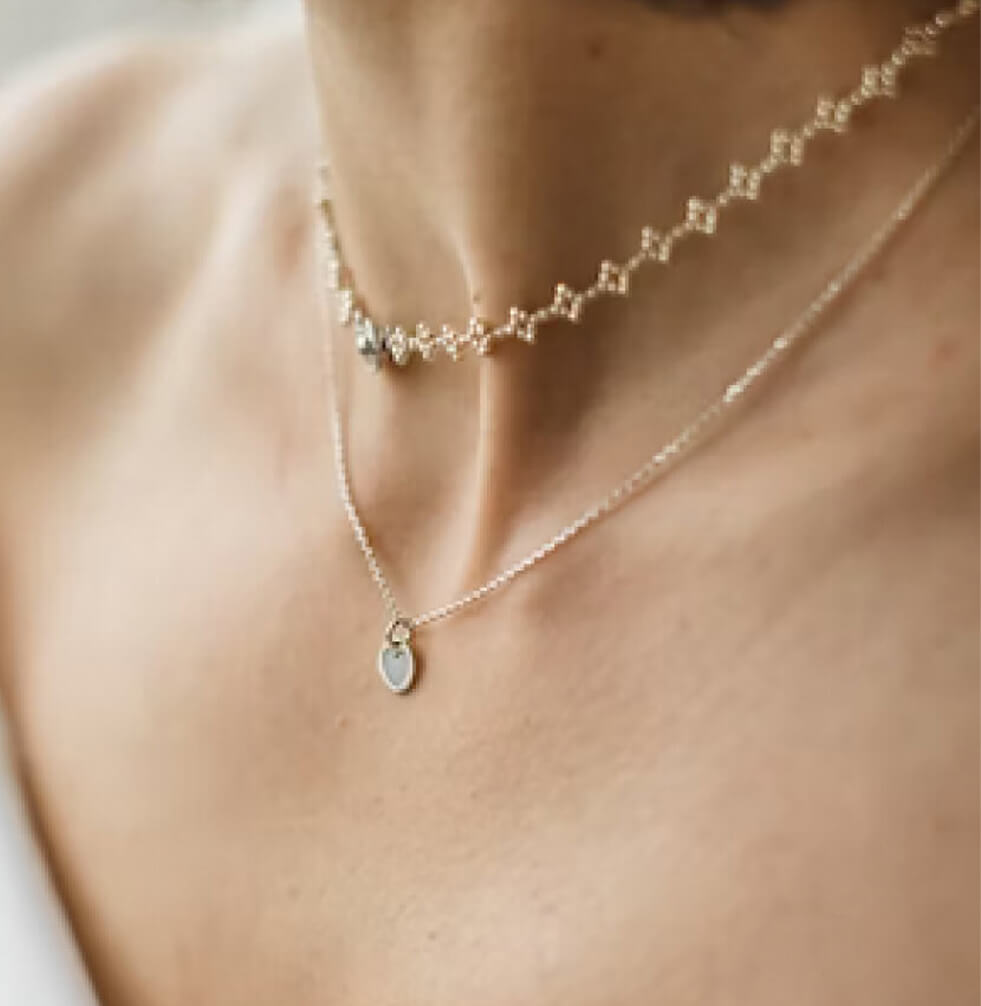Understanding the GIA Diamond Grading Report
When it comes to purchasing a diamond, having the right information is crucial. This is where the GIA diamond report comes in. Understanding the details within a GIA certification can enhance your buying experience and help you make informed decisions.
In this guide, we’ll walk you through the various components of the GIA report, ensuring you’re equipped with the knowledge you need to find the perfect diamond for your engagement ring.
Check out our collection of diamond engagement rings here!
Overview of the GIA Report
A GIA diamond certification is a comprehensive report issued by the Gemological Institute of America (GIA) that evaluates the quality and characteristics of both natural and lab-grown diamonds. This report provides detailed information on aspects such as carat weight, color, clarity, cut, and other key attributes. Whether you’re purchasing a loose diamond or a set diamond, the GIA certification ensures that the diamond’s authenticity and quality are thoroughly verified, making it a trusted resource for making informed decisions.

You can get a sample of the GIA grading report here!
GIA Diamond Grading Report
The GIA Diamond Grading Report provides a detailed evaluation of a diamond’s quality, ensuring that you have accurate information about its characteristics.

Date
The date of examination is essential. It tells you when the diamond was assessed by GIA experts, providing context for its current value.
Report Number
Each GIA report comes with a unique GIA report number, allowing you to check its authenticity in GIA’s extensive database. You can verify your diamond’s details at any time by using the GIA Report Check. This step ensures that you are getting the real deal.
Shape and Cutting Style
The shape of your diamond and its cutting style are critical factors. This section outlines the diamond’s outline and the pattern of its facets, affecting its overall beauty and brilliance.
Measurements
Precise measurements are recorded, detailing the dimensions of the diamond. For round diamonds, this is listed as “minimum diameter – maximum diameter x depth,” while fancy shapes will have their dimensions specified as “length x width x depth.”
The Grading Results
This section breaks down the key factors—carat weight, color, clarity, and cut—giving you insight into the overall quality of the diamond.

Carat Weight
Carat weight is given in carats, measured to the nearest hundredth. Understanding the weight of your diamond is essential, as it significantly impacts its value and presence.
Color Grade
Color grading is assessed on a scale from D (colorless) to Z (light yellow or brown). The absence of color increases a diamond’s desirability. If you see an asterisk (*) next to the grade, it indicates that a color treatment has been detected.
Clarity Grade
Clarity refers to the presence of inclusions and blemishes. The GIA uses a scale ranging from Flawless to Included, grading based on the size, nature, and location of these characteristics. Understanding clarity is vital, as it greatly influences the diamond’s beauty.
Cut Grade
The GIA cut grade applies only to standard round brilliant diamonds. This grade evaluates the diamond’s face-up appearance, design, and craftsmanship, impacting how well the diamond reflects light. For fancy shapes, however, you’ll need to rely on the recommendations of a trusted jeweler.
Additional Grading Information
Here, you’ll find notes on polish, symmetry, fluorescence, and other features that contribute to a diamond’s uniqueness.

Polish
Polish refers to the smoothness of the diamond’s surface. A well-polished diamond not only looks better but also performs better when it comes to light reflection. The polish is graded from Excellent to Poor.
Symmetry

Symmetry evaluates the exactness of the diamond’s outline, as well as the shape, placement, and alignment of its facets. Like polish, symmetry is assessed on a scale from Excellent to Poor and plays a significant role in the diamond’s overall appeal.
Symmetry is a key factor in evaluating a diamond’s outline, shape, and facet alignment. However, this metric is only provided for round diamonds. For non-round diamonds, while symmetry is not explicitly graded, proportions take precedence. Proportions ensure optimal light performance and are crucial for enhancing the beauty of non-round diamond shapes.
Fluorescence
Fluorescence describes how the diamond reacts under long-wave ultraviolet light. This can affect the diamond’s appearance and can be an important factor to consider, especially if you’re purchasing a stone for everyday wear.
Inscription(s)
Inscriptions are any text, symbols, or a unique GIA report number that may be etched onto the diamond’s girdle. This feature can add a personal touch and serve as a verification point.
Comments
The comments section includes additional identifying characteristics or features not represented elsewhere in the report. If any treatments, such as laser drilling, have been detected, they will be described here.
Proportions Section
For non-round diamonds, this section focuses on dimensions and proportions, helping assess the diamond’s overall beauty and performance.

Proportion Diagram
The proportion diagram provides a graphic profile representation of the diamond’s actual proportions. This visual aid is increasingly important when assessing fancy shapes, such as emeralds and cushions, since GIA does not provide cut grades for these shapes. Understanding the dimensions and proportions can significantly influence the overall beauty and appearance of the diamond, helping you make an informed decision.

Clarity Characteristics Section

This section outlines any inclusions or blemishes within the diamond, helping to understand its clarity grade and overall visual appeal.
Plotted Diagram
The plotted diagram approximates the diamond’s shape and cutting style. Symbols indicate the type, nature, position, and size of clarity characteristics.
Key to Symbols
This section lists the characteristics and symbols shown on the plotted diagram, helping you interpret the clarity characteristics in detail.
Grading Scales
The grading scales provide a visual breakdown of color, clarity, and cut, offering a clear understanding of a diamond’s quality on a standardized scale.

GIA Color Scale
The GIA color scale illustrates the range of color grades, helping you visualize where your diamond falls on the scale.
GIA Clarity Scale
The GIA clarity scale offers a visual representation of clarity grades, giving you an understanding of the quality of your diamond compared to others.
GIA Cut Scale
The GIA cut scale is available only for standard round brilliant diamonds in the D-to-Z color range. For fancy shapes, it’s essential to check the proportions, as there are best practices that dictate the ideal cut specifications for each shape. It’s crucial to find a jeweler you can trust, and at Diamond Ateliers, we prioritize your needs and work directly with manufacturers to ensure quality.
Other Features of GIA Report
Security features like microprinting and QR codes are included to verify the authenticity and safeguard the report’s integrity.

Security Features
The GIA report includes various security features such as microprinting and watermarks to safeguard its integrity. These elements help ensure that your GIA certification is authentic.
QR Code
The report also contains a QR code that, when scanned, verifies the data against the GIA database. This feature is part of the GIA report checking process, allowing you to confirm the authenticity and details of your diamond quickly.
Conclusion
Understanding the GIA diamond report is vital for anyone looking to purchase a GIA certified diamond. With knowledge of each component, you can feel confident in your buying decisions and ensure that your diamond meets your expectations. If you have any questions or need personalized assistance, our team at Diamond Ateliers is here to help.
When You’re Ready to Find Your Perfect Diamond
View this post on Instagram
When you’re ready to find the perfect diamond for your engagement ring, we invite you to explore our collection. At Diamond Ateliers, we’re dedicated to helping you create a ring that reflects your unique love story. Browse our stunning diamond engagement rings here!
If you need further assistance, check out our ring customisation guide, or simply reach out to us for a fully customized consultation!
